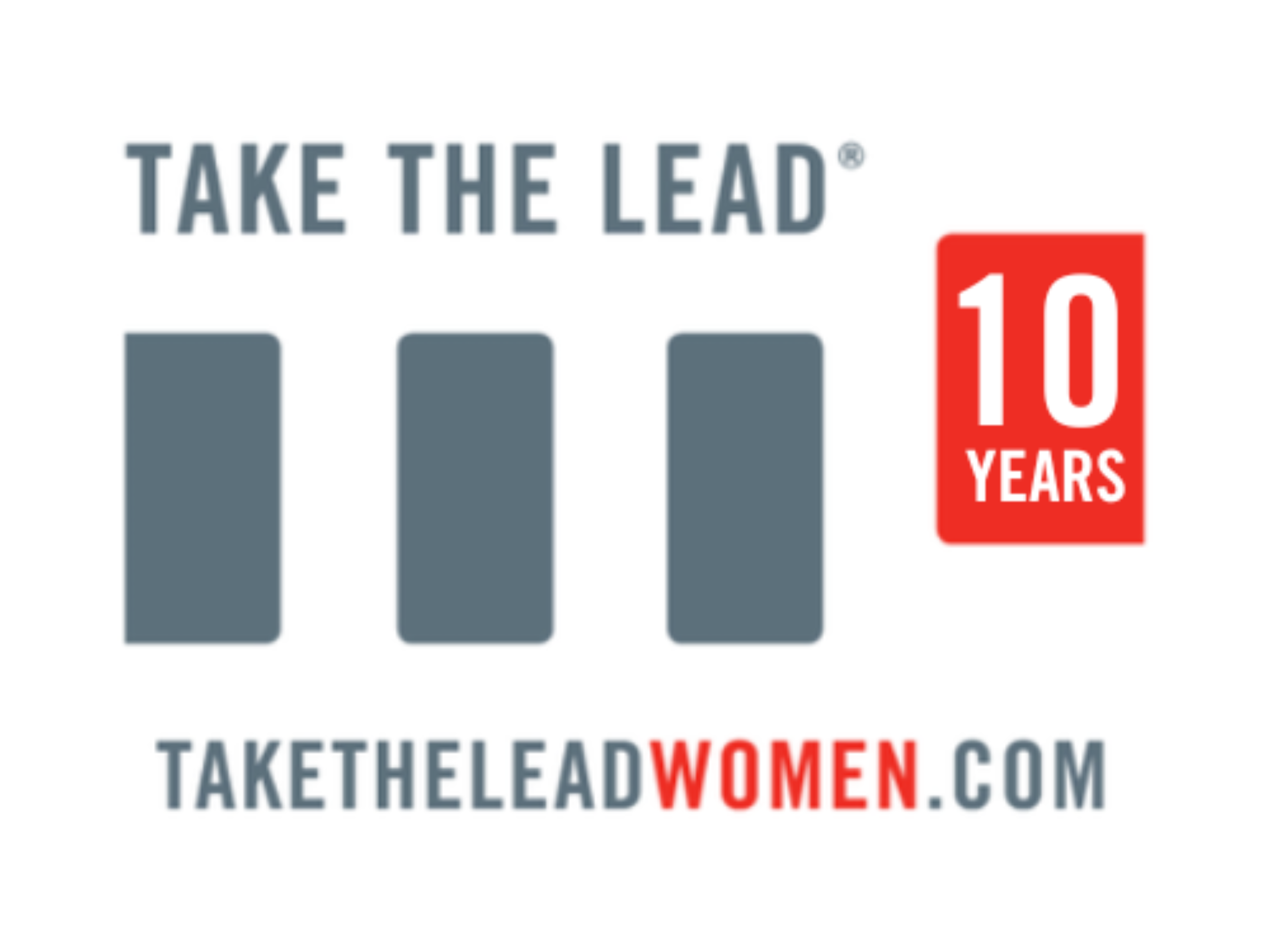For years, those fighting to close the gender wage gap have referred to some version of this stat – women earn 70-something cents for every dollar men earn. It’s not wrong, but it’s often misunderstood, and ultimately, it hurts the argument that gender equity in the workplace is still an issue.
Read MoreHere’s news to go well with the eggs benedict from the Mother’s Day brunch, and perhaps some of the moms can pick up the tab.
Read MoreIn the late 90s, armed with all the tips I thought I needed concerning salary negotiation advice, I asked for a pay raise after discovering that the man down the hall with the same job title (and less experience) was making more than I was. So I told my supervisor I needed a raise to compensate for the difference.
Read MoreIf there is to be true equity in the workplace, men need to get on board the parity train. And they need to not just talk about a goal of pay equity in leadership, but walk the talk as a solution for gender bias. And do it every day of the year. Not just on Equal Pay Day April 12.
Read MoreEven President Barack Obama called the U.S. Women’s Soccer team “badass.” So it makes no sense they are paid 40 percent of what players on the U.S. men’s soccer team earn. The women’s soccer team took their complaints to the Equal Employment Opportunity Commission, just in time for Equity pay Day April 12.
Read MoreCorporate leaders often misjudge the motivations of female employees, with the majority expecting that women in their 30s would leave a company to start a family, or because of their need for more flexibility. But new research shows that both men and women will leave a company because they want to be paid more.
Read MoreIn the time it takes for a child to move from prekindergarten to her college graduation—14 years—the planet will have achieved gender equity. That is the sincere hope and the theme for this year’s International Women’s Day at United Nations Women. “Planet 50-50 by 2030: Step it Up For Gender Equality” urges all countries to embrace a future of equal pay, equal treatment and justice for all women and girls globally.
Read MoreIt seems every major company around the globe– and many not so major companies– are taking notice of the inequities of their female employee rosters at all levels. All this talk of diversity and fairness, plus counting and publishing the percentages has not budged the numbers much for women in leadership. Women still fall far short in reaching the equity goal in most every arena from Hollywood production to tenure positions in academia.
Read MoreWomen are mistakenly too hesitant to fully own up to our own worth, talent, skill; even to step up to our own ambition. From a young age, we are acculturated to feel as though we are not enough, collapsing on false modesty. If you reframe that mentality to acknowledge all that you’ve accomplished in your career and
Read MoreWe realize we talk about the gender pay gap a lot, but it’s because the issue is as important as it is complex. A new report from PayScale released last week, “Inside the Gender Pay Gap,” underscores just how complicated it is. Their analysts took a look at every conceivable factor that could be driving the difference between men’s and women’s pay—including job type, industry, unconscious bias, and marital and family status—and found the following:
Read MoreSuccess is the sum of small efforts day in and day out. And when that success has the power to affect millions of lives, it’s bigger than any tangible reward. The NYS Women’s Equality Bill, which was passed in this year’s Legislative session, was formally signed to law this Wednesday at 11 AM. The celebratory PowHer Hour was captured and streamed all across social media. Learn more about The New NYS Women’s Equality Law Primer, PowHer Play Video Series Highlighting 2015 NYS Women’s Legislation.
Read MoreA woman in Arizona who holds a full-time job is paid, on average, $36,916 per year while a man who holds a full-time job is paid $43,945 per year
Women in Arizona are paid 84 cents for every dollar paid to men in same jobs with comparable qualifications and tenure, amounting to a yearly wage gap of $7,029 between men and women who work full time in the state—a smaller gap than the national average or 79 cents to the dollar but still significant.
Women in Arizona who are employed full time lose a combined total of nearly six billion dollars every year due to the wage gap














